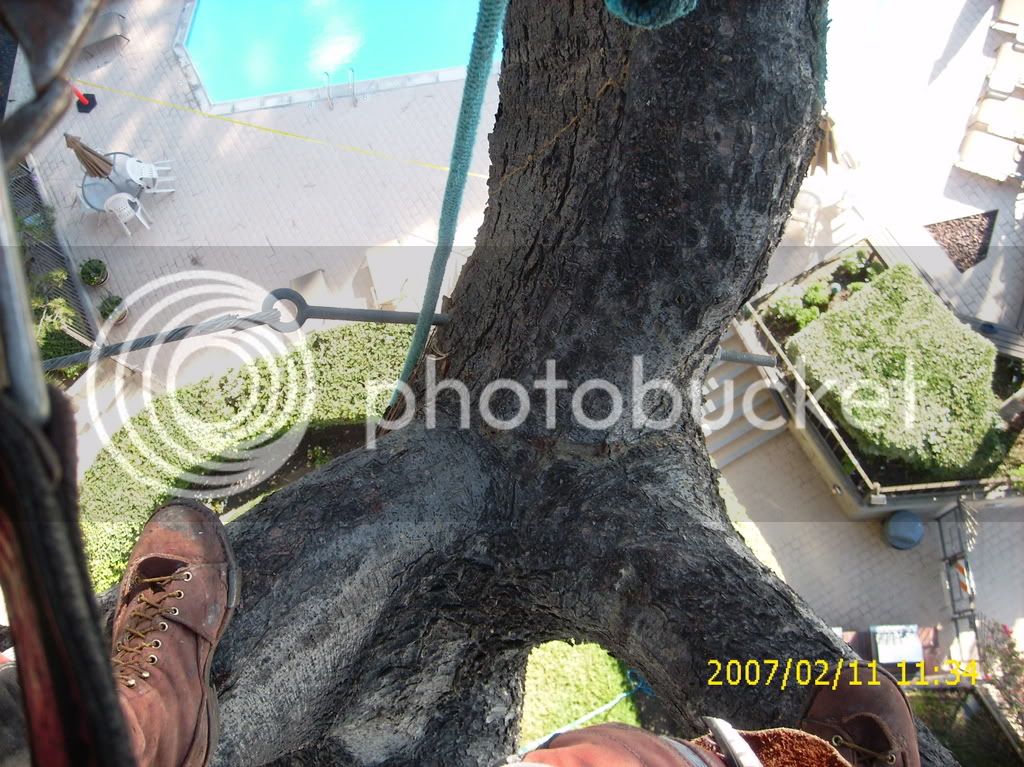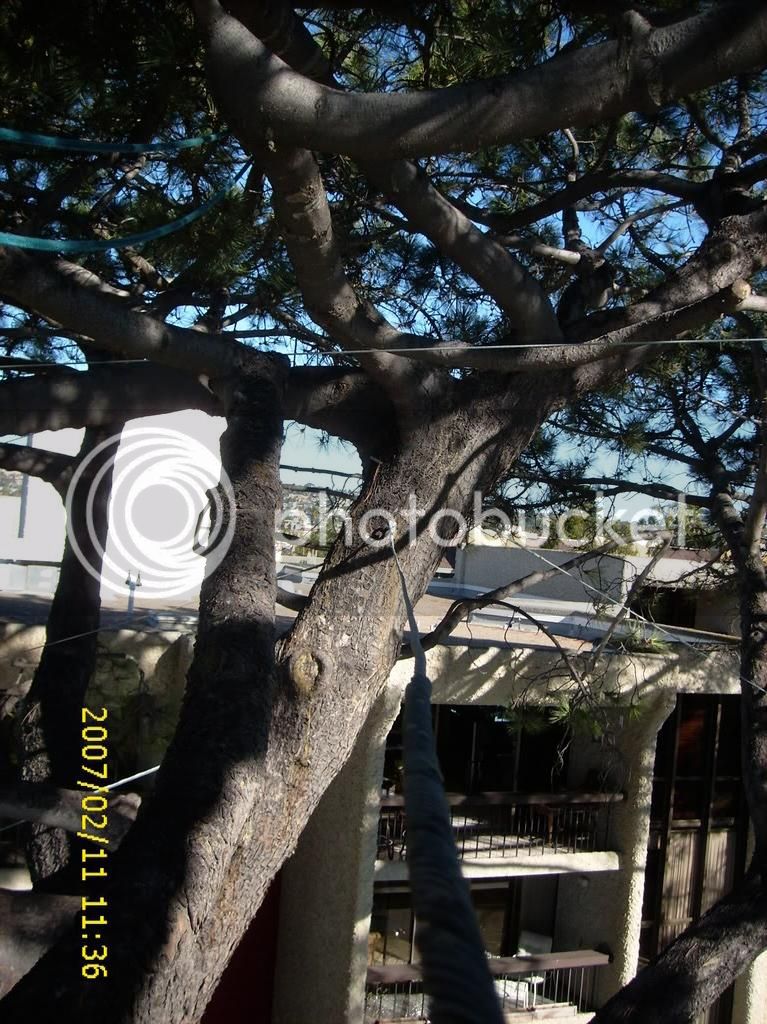treevet
Addicted to ArboristSite
Did you use EHS strand, or just regular strand?
Are the galvanized grips EHS or just regular strand?
Is it possible to have a conflict between EHS strand and a non-EHS cable grip?
I don't do enough cabling to know the answers, so please don't presume that I am questioning your installation. I do know that the strands are either deformed from the manufacturer, or from unequal loading on the individual wires. That unequal loading is guaranteed to compromise the breaking strength of your installation.
Regarding cable clamps and ANSI standards: I suspect that standard only applies to "strand" wire rope, because "grips" don't exist for conventional wire rope "cables". Those MUST be cable clamped with either conventional clamps or with "swages". Swaging takes big hydralic equipment to do right, and I don't think too many guys want to put that stuff up in a tree.
I am not able to send links (would love to have someone pm me and tell me how to do it) but there is some very good info in the article that will answer many questions if you type in and search this:
Using Tree-Grip Dead-Ends with Common-Grade "Cable"






